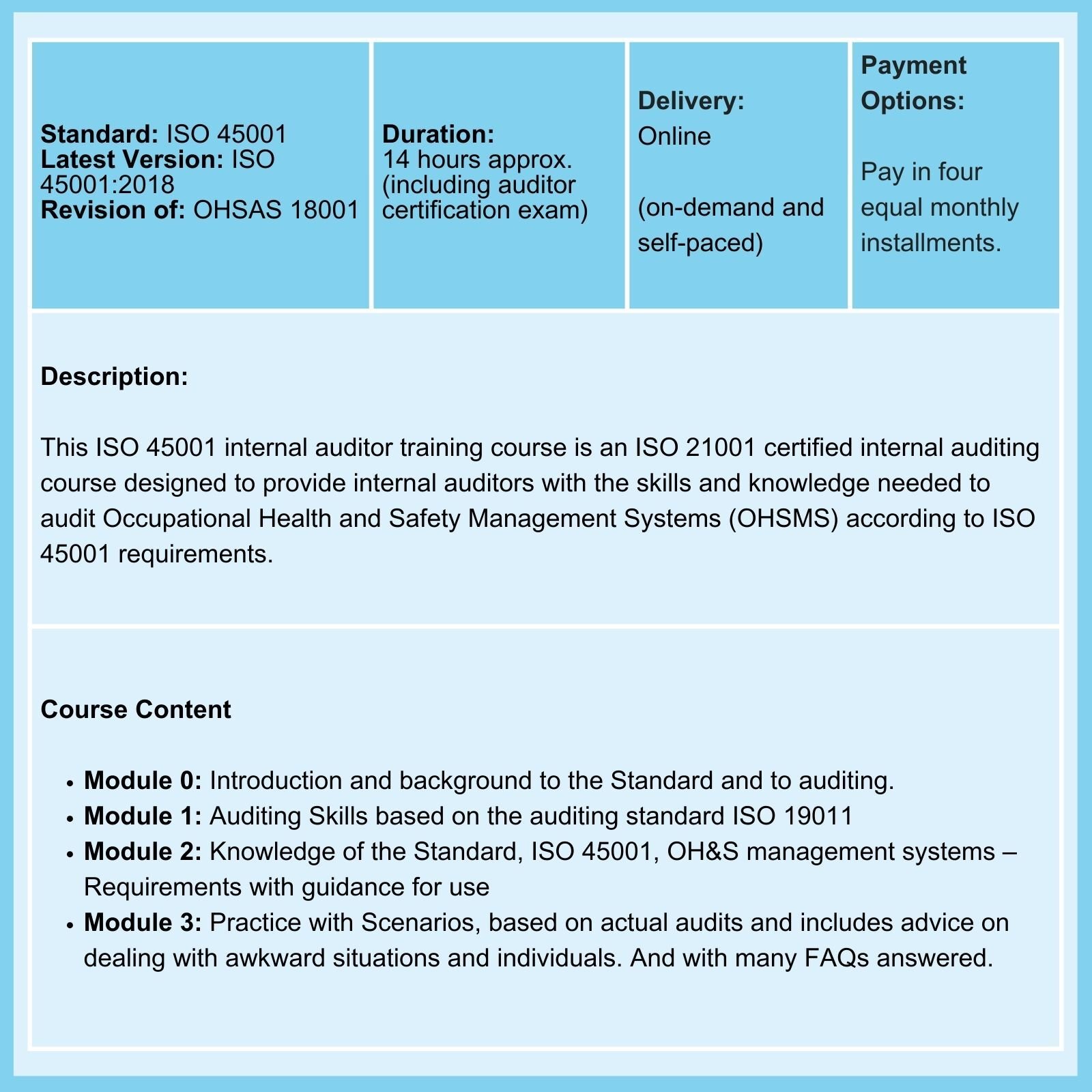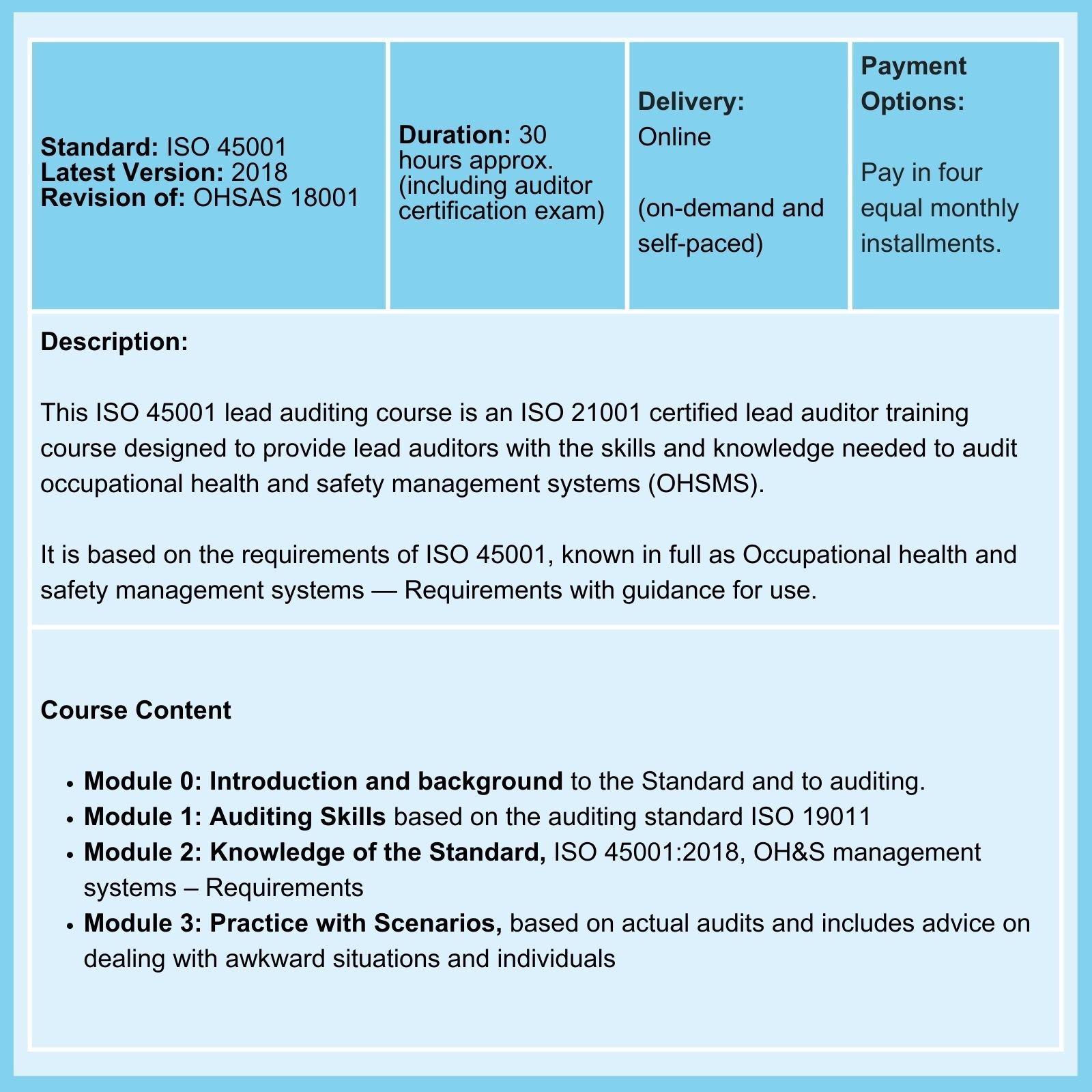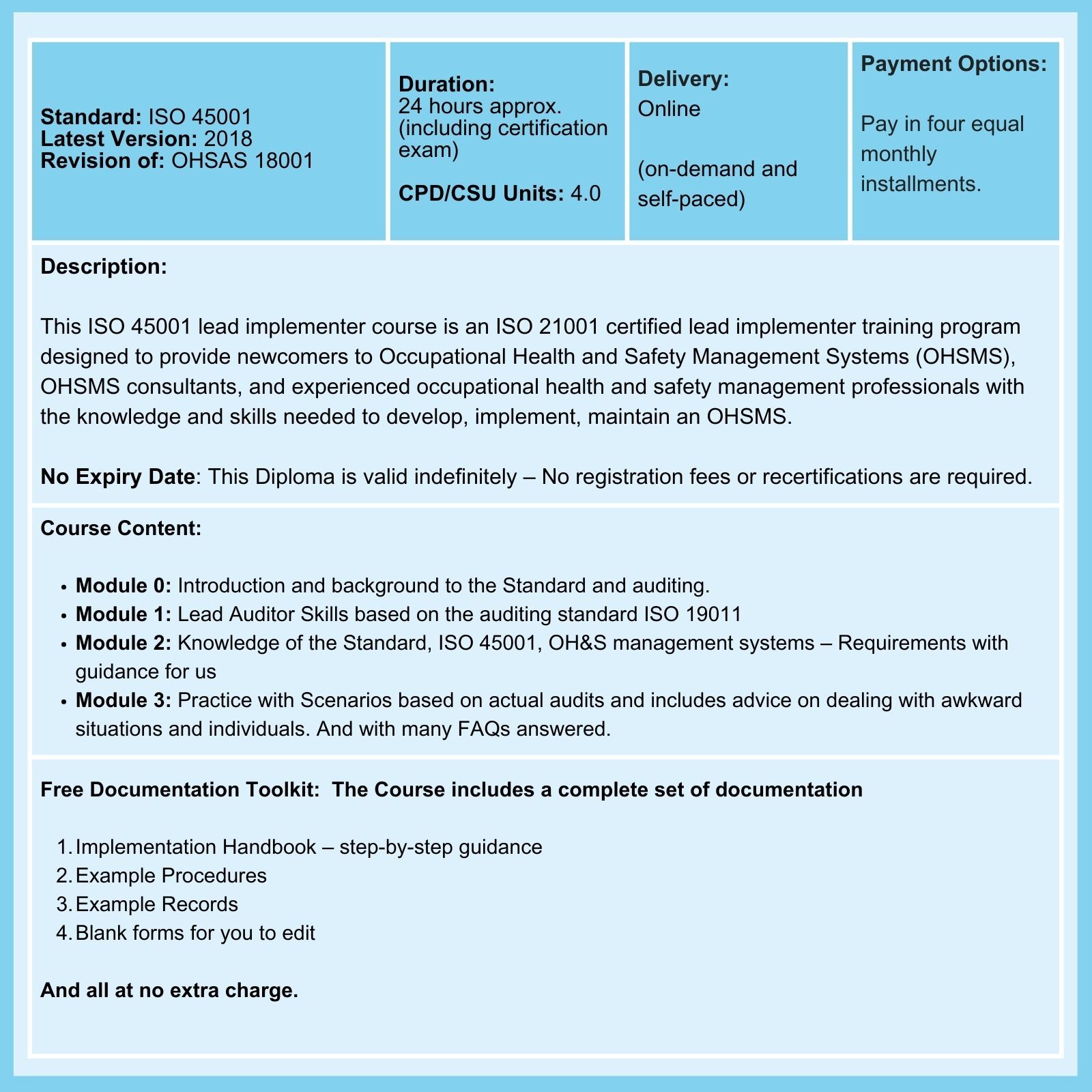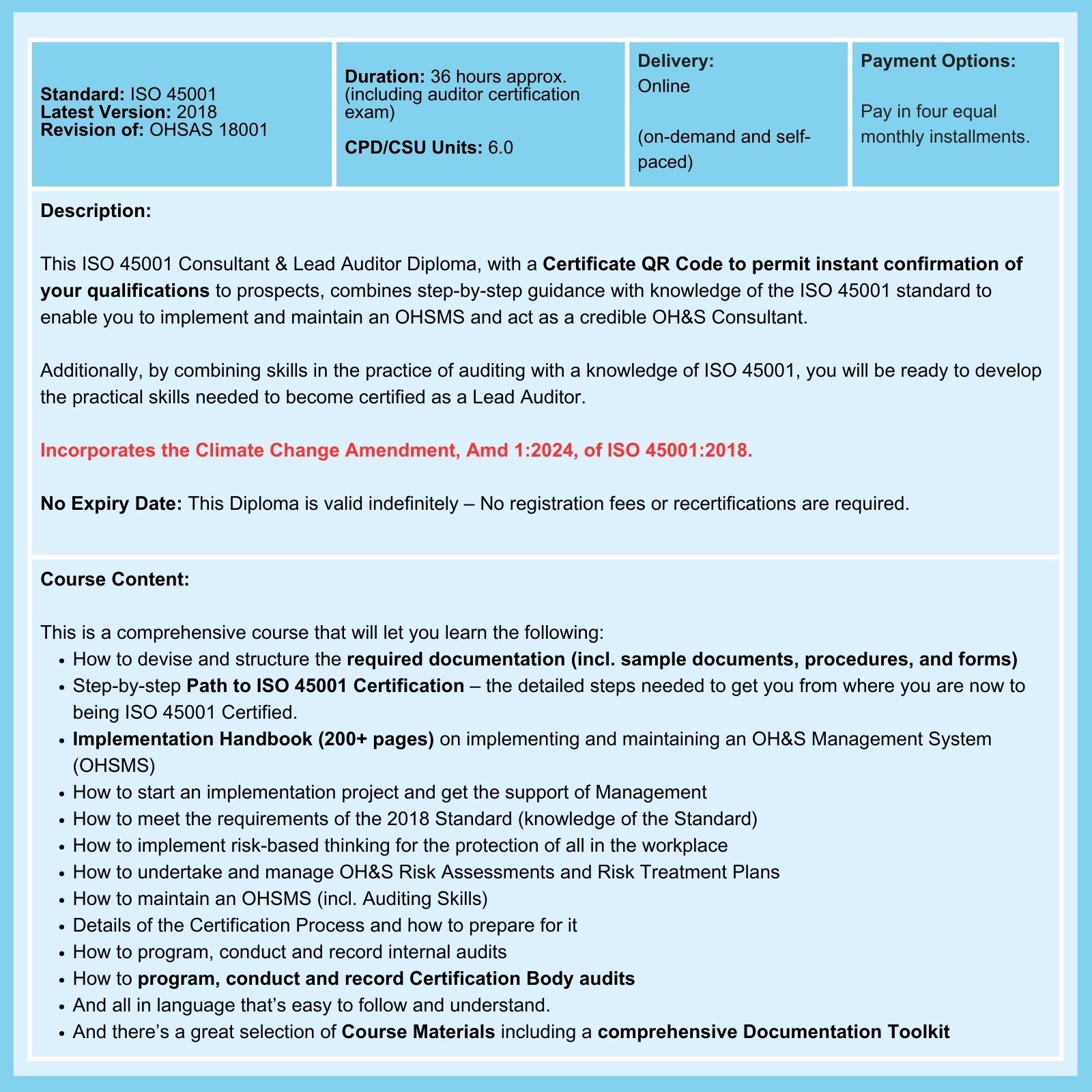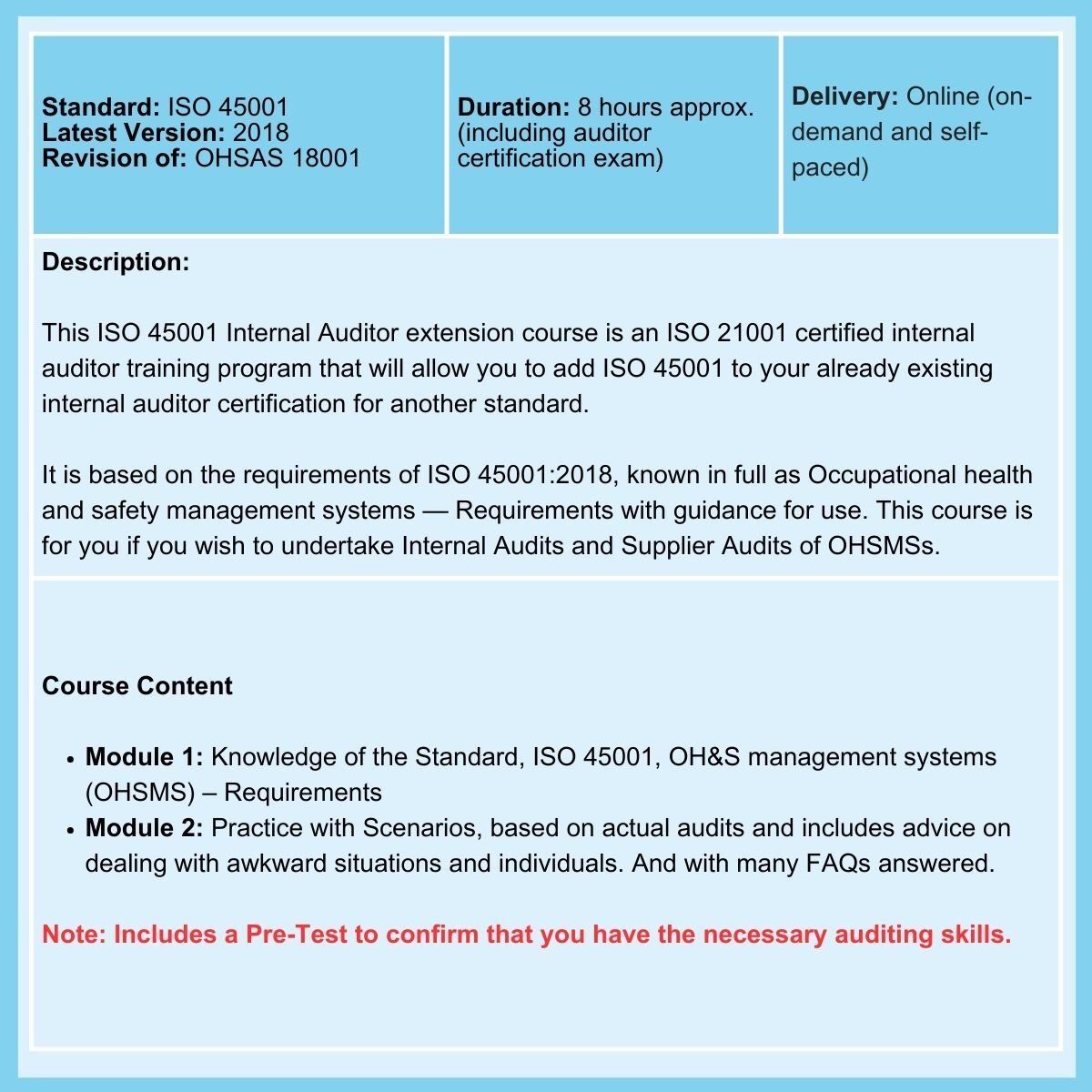
Increased outdoor activities and seasonal changes that can affect working conditions bring unique challenges and considerations for workplace safety during the month of May. By reviewing potential risks and updating safety policies and protocols, training initiatives, and safety and maintenance supplies, employers can minimize risks, prevent accidents, and instill a safety-first mindset in the organization. Let’s go over them here.
Accidents, Illnesses, and Injuries That Typically Occur in May
While workplace safety is a concern year-round, certain risks become more prevalent or are more likely to occur during the month of May. Below are some examples.
- Bee Stings and Insect Bites: Insects like bees, wasps, and mosquitoes are more active in warmer weather, increasing the risk of workers being stung or bitten, which can lead to localized pain, swelling, and allergic reactions.
- Skin Injuries and Sunburn: Longer daylight hours and more opportunities for outdoor work activities may lead to prolonged exposure to the sun's UV radiation. This can cause sunburn and skin damage and increase the risk of skin cancer.
- Chemical Exposures: Cleaning agents, solvents, and pesticides used in spring cleaning and maintenance can contain hazardous chemicals that may cause skin irritation, respiratory issues, or chemical burns.
- Musculoskeletal Injuries: Tasks like lifting heavy objects, bending, or repetitive movements during spring cleaning or gardening can place stress on muscles and joints, leading to musculoskeletal injuries.
- Foodborne Illnesses: Improper food handling and storage during outdoor events or workplace gatherings can result to illnesses caused by bacteria, viruses, or parasites.
- Respiratory Issues: Allergens like pollen, dust, and mold can worsen respiratory conditions like allergies and asthma.
- Noise-induced Hearing Loss: Construction projects typically see an increase during the spring season. Prolonged exposure to loud noises from equipment or machinery used can cause permanent hearing damage.
- Animal-related Injuries: Workers who encounter wildlife or domestic animals during outdoor activities may be exposed to bites, scratches, or diseases that can be transmitted from animals to humans.
- Stress and Mental Health Issues: Increased work demands, deadlines, or seasonal changes can contribute to mental health issues such as anxiety and depression.
- Slips, Trips, and Falls: As outdoor work activities increase in the spring, workers may encounter wet surfaces from rain or dew, as well as newly blooming vegetation that can obstruct pathways.
- Heat-related Illnesses: Employees working outdoors or in non-air-conditioned environments during warmer weather or heatwaves are more likely to suffer from heat exhaustion or heatstroke.
- Allergies: May is a peak month for seasonal allergies due to increased pollen and dust in the environment.
- Motor Vehicle Accidents: With more people spending time outdoors and possibly commuting longer distances in better weather, the risk of motor vehicle accidents may increase.
- Spring Cleaning Hazards: Cleaning and maintenance activities in the spring, such as organizing storage areas or cleaning equipment, can lead to injuries from falls, lifting heavy objects, or exposure to hazardous chemicals.
- Landscape Maintenance Injuries: Workers involved in landscaping, gardening, or lawn maintenance may be at risk of injuries from equipment like lawnmowers, trimmers, or hand tools.
- Tick-borne Illnesses: Outdoor workers in regions where ticks are prevalent are at risk of tick bites and associated illnesses such as Lyme disease.
- Electric Shock or Electrocution: Increased outdoor work activities may involve using electrical equipment, increasing the possibility of shock or eletrocution if proper safety precautions are not followed.
- Spring Storm Hazards: Severe weather events such as thunderstorms, high winds, or tornadoes may occur in May, posing risks such as falling objects, electrical hazards, or structural damage.
Mitigating Workplace Safety Risks
Ensuring workplace safety requires a combination of regular maintenance checks, providing comprehensive safety training to employees, and making safety equipment, gear, or supplies readily available to relevant personnel. Let’s examine how each of these can help prevent or mitigate common safety risks at work.
Workplace Safety Risks that Can be Mitigated with Maintenance Checks
Safety Risks |
Preventive Measures |
Status |
|---|---|---|
| Obstructed Pathways | Inspect overgrown vegetation encroaching on sidewalks or work areas | |
| Look out for cables, cords, or hoses stretched across walkways | ||
| Take note of construction materials or tools left in hallways or entryways during renovation or maintenance projects | ||
| Move vehicles parked or abandoned in pedestrian pathways or emergency exit routes | ||
| Spring Cleaning Hazards | Inspect cleaning equipment and perform necessary repairs or replacements. Ensure they are maintained according to manufacturer guidelines. | |
| Review the storage areas for cleaning chemicals and ensure that they are properly labeled, stored in appropriate containers, and kept away from incompatible materials. Check for leaks, spills, or expired products and dispose of them safely. | ||
| Inspect ventilation systems, such as exhaust fans or HVAC ducts, to ensure proper airflow and ventilation in areas where cleaning chemicals are used. Clean or replace filters to maintain air quality and prevent exposure to fumes. | ||
| Slip, Fall, and Trip Hazards | Identify areas prone to moisture buildup, such as entryways, kitchens, or bathrooms, and implement measures to prevent slips. | |
| Inspect flooring surfaces for signs of wear, damage, or unevenness. | ||
| Check if there’s adequate lighting in all areas of the workplace, including corridors, stairwells, and storage areas | ||
| Implement routine cleaning and maintenance procedures to keep floors free from spills, debris, or slippery substances. | ||
| Check staircases for loose or damaged steps, or missing handrails | ||
| Landscape Maintenance Injuries | Regularly inspect landscaping equipment such as lawnmowers, trimmers, and chainsaws for signs of wear, damage, or malfunction. Ensure that safety guards, shields, and emergency shut-off mechanisms are in place and functioning correctly. | |
| Sharpen blades and cutting edges of landscaping equipment to prevent injuries that may result from jamming or unexpected kickback. | ||
| Store fuels, oils, and chemicals used in landscaping operations in properly labeled and secured containers and make sure there is adequate ventilation in the storage area. | ||
| Inspect trees and branches for signs of damage, decay, or instability that could pose falling hazards. Prune or remove dead or overhanging branches to prevent them from falling on employees or property during maintenance activities. | ||
| Electric Shock or Electrocution | Regularly inspect electrical equipment, including cords, plugs, outlets, and power tools, for signs of wear, damage, or deterioration. Replace damaged or frayed cords, cracked plugs, or malfunctioning equipment immediately. | |
| Keep electrical panels and circuit breaker boxes accessible and free from obstructions. Ensure that panels are properly labeled and that circuit breakers are not overloaded or double-tapped. | ||
| Test GFCI outlets and breakers regularly to ensure they are functioning properly. They are designed to detect abnormal currents and shut off power to prevent electric shocks. Install them in areas prone to moisture, such as kitchens, bathrooms, or outdoor workspaces. | ||
| Implement lockout/tagout procedures when performing maintenance or repair work on electrical systems or equipment. Ensure that employees are trained on proper lockout/tagout procedures to prevent accidental energization of circuits or machinery. | ||
| Identify and mark the location of overhead power lines on job sites to prevent accidental contact by workers or equipment. Maintain a safe distance from power lines when using ladders, scaffolding, or tall equipment. | ||
| Conduct an arc flash hazard assessment to find potential dangers linked with electrical systems and equipment. Implement appropriate safety measures, such as arc flash warning labels, protective clothing, and barriers, to minimize the risk of arc flash incidents. |
Workplace Safety Risks That Can be Mitigated by Proper Training |
||
Safety Risks |
Preventive Measures |
Status |
|
Manual Handling and Ergonomic Risks |
Teach employees how to lift and move objects safely to reduce the risk of back strains and other musculoskeletal injuries. |
|
|
Train employees to assess the weight and size of objects before attempting to lift them and to recognize their own physical limitations. Emphasize the importance of asking for assistance or using mechanical aids when handling loads that exceed safe weight limits. |
||
|
Train employees on how to adjust their workstations to allow better posture and minimize repetitive strain injuries. |
||
|
Educate employees on how to recognize early signs of musculoskeletal injuries, such as discomfort, stiffness, or pain, and the importance of reporting these symptoms to supervisors promptly. |
||
|
Educate employees on the importance of task rotation and taking regular breaks to prevent overexertion and fatigue. Encourage employees to vary their tasks throughout the day to reduce repetitive strain on specific muscle groups. |
||
|
Chemical Exposure and Hazard Communication |
Familiarize employees with the organization's hazard communication program, including policies, procedures, and training requirements mandated by regulations such as OSHA's Hazard Communication Standard (HazCom). |
|
|
Train employees to recognize hazard symbols, understand chemical classifications, and interpret important safety information such as handling instructions and emergency procedures. |
||
|
Train employees on proper procedures for handling, storing, and transporting hazardous chemicals to minimize exposure risks. |
||
|
Train employees on how to contain spills, evacuate affected areas, and report incidents to designated personnel. |
||
|
Train employees on the potential routes of chemical exposure (e.g., inhalation, skin contact, ingestion) and the associated health effects. |
||
Fire Safety and Emergency Response |
Train employees on fire prevention measures such as how to store flammable materials, how to use electrical equipment safely, and when or where it is not safe to smoke. |
|
|
Train employees on how to properly use fire extinguishers to extinguish small fires safely. This includes understanding the different classes of fires (e.g., Class A, B, C) and selecting the appropriate extinguisher for the type of fire. |
||
|
Educate employees on evacuation procedures and emergency escape routes in the event of a fire. Relay the location of primary and secondary evacuation routes, assembly areas, and designated meeting points. |
||
|
Train employees on how to raise the alarm and communicate with others in the event of a fire or other emergency. |
||
|
Train employees in basic first aid techniques and how to respond to injuries or medical emergencies that may occur during a fire or evacuation. |
||
Stress and Mental Health Issues |
Reduce negative beliefs about mental health by promoting open discussions about mental illnesses. |
|
|
Train employees to recognize signs of anxiety, depression, and burnout. |
||
|
Focus on effective workload management and time management strategies to help employees prioritize tasks, set realistic goals, and avoid feeling overwhelmed by deadlines or competing demands. |
||
|
Teach employees resilience-building skills to help them bounce back from setbacks and navigate challenges more effectively. Resilience skills may include adaptability, problem-solving, optimism, and seeking social support. |
||
|
Train employees on practical stress management techniques to help them cope with workplace stressors and maintain their well-being. |
||
| Motor Vehicle Accidents | Ensure that drivers are familiar with and adhere to traffic laws, regulations, and signage. | |
| Provide training focused on key vehicle handling skills, including steering, braking, and maneuvering in various road and weather conditions. | ||
| Teach drivers defensive driving techniques such as maintaining a safe following distance, scanning for hazards, and anticipating other drivers' actions. | ||
| Remind employees about the risk of distracted driving and the importance of staying focused on the road. Also highlight the dangers of driving while fatigued and the importance of taking breaks and getting adequate rest. | ||
| Stress the importance of safe driving practices such as wearing seat belts, obeying speed limits, using turn signals, and yielding the right of way. | ||
Equipment, Gear, or Supplies That Can Mitigate Workplace Safety Risks
Equipment |
Gear |
Supplies |
|
Fire extinguishers and fire blankets for addressing small fires that may occur during spring cleaning or outdoor work. |
High-visibility vests or clothing for outdoor workers. |
First aid kits containing bandages, antiseptic wipes, adhesive tape, pain relievers, and other essential supplies for treating minor injuries. |
|
Emergency eyewash stations for flushing eyes in case of exposure to chemicals or foreign objects. |
Safety glasses or goggles for eye protection during spring cleaning or outdoor activities. Protective clothing such as long sleeves and pants to minimize exposure to unwanted substances. Gloves for handling cleaning chemicals, landscaping tasks, or outdoor work. |
Sting relief products containing antihistamines or analgesics. EpiPens or other emergency medication for severe allergic reactions. |
|
Insulated gloves, mats, and tools for electrical work. Lockout/tagout (LOTO) devices to isolate energy sources during maintenance. Ground fault circuit interrupters (GFCIs) for electrical outlets. |
Respirators or masks for protection against allergens, dust, or pollen. |
Chemical spill kits containing absorbents, neutralizers, and personal protective gear. |
|
Safety harnesses, lanyards, and anchor points for employees working at heights or on elevated surfaces. |
Slip-resistant shoes or boots with sturdy soles for preventing slips and falls on wet surfaces. |
Tick repellents containing DEET or permethrin for outdoor workers to prevent tick bites. Tick removal tools for safely removing ticks if bites occur. |
|
Earplugs or earmuffs for employees exposed to loud noises from construction equipment, machinery, or power tools. |
Steel-toed boots for protection against potential foot injuries from heavy equipment or falling objects. |
Thermometers for monitoring food temperatures. Food-safe markers for labeling packaged foods with allergen information, expiration dates, and other important details. |
|
Signs indicating hazards such as wet floors, cleaning in progress, or construction zones to alert employees and visitors to potential risks. |
Educational materials, videos, or manuals on seasonal safety topics such as allergy prevention, heat stress awareness, or tick-borne illness prevention. |
|
|
Hydration stations or access to cold water for staying hydrated. |
Hazard communication signage, labels, and safety data sheets (SDS) for chemicals. |
|
|
Two-way radios or communication systems for coordinating emergency response and ensuring effective communication among employees during outdoor work activities. |
Stress management resources such as mindfulness apps or relaxation tools. |
Since every organization has unique needs, goals, resources, and work timelines, we did not include a one-size-fits-all safety calendar here. However, the information provided above should allow you to create a customized safety calendar for May that fits your organization. Use it as a checklist to identify foreseeable hazards, plan targeted training to address them, and ensure necessary equipment, gear, and supplies are readily available.
Related Courses

